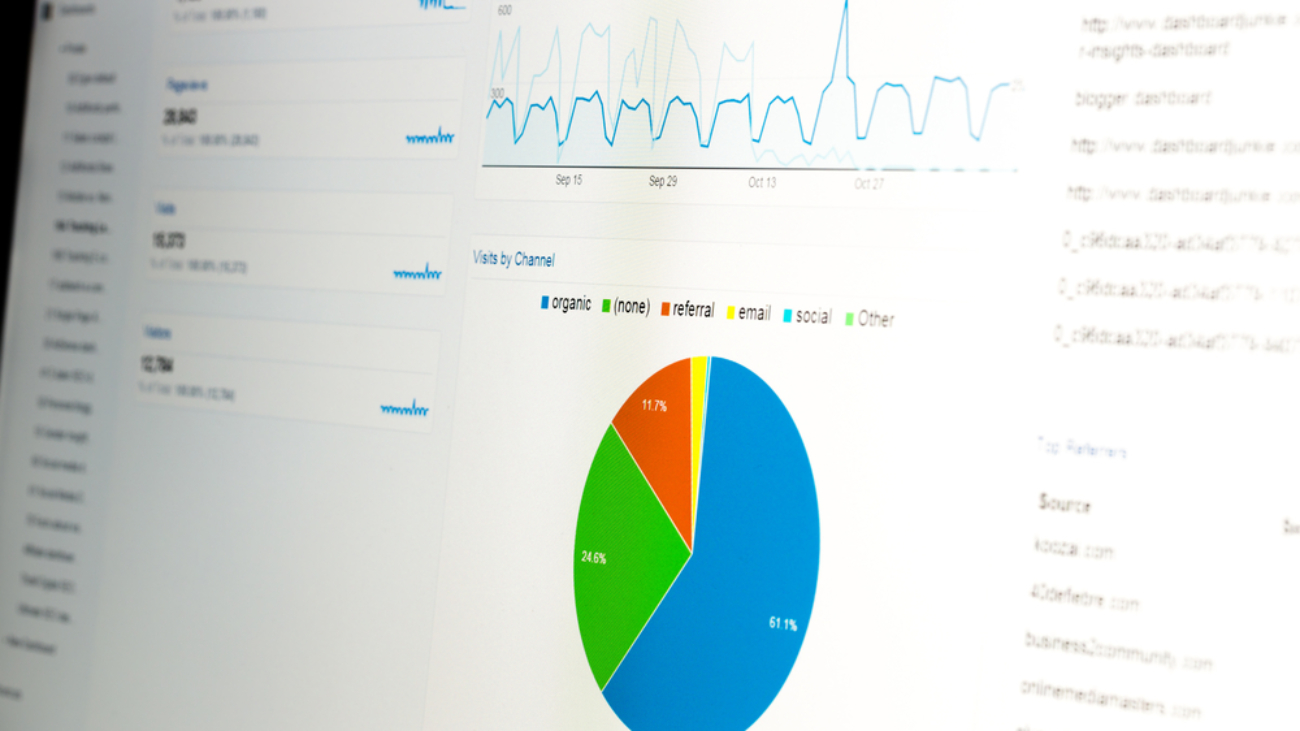 In part one of this series, we discussed the first six must-know Google Analytics reports for understanding the analytics behind your real estate website. If you missed that post, you can read it by clicking here.
In part one of this series, we discussed the first six must-know Google Analytics reports for understanding the analytics behind your real estate website. If you missed that post, you can read it by clicking here.
We’ve covered how Google Analytics is a great real estate marketing tool that provides very beneficial metrics on your audiences’ behaviours and location, your most viewed pages, you website page views, etc.
Now, let’s take a look at the final must-know Google Analytics reports and what they tell you about your real estate website.
-
Frequency and Recency Report
The total “count of” and “days since” the last website sessions
How to find this report: Audience > Behaviour > Frequency & Recency
Before you get discouraged that visitors aren’t frequenting your site every day, take into consideration your traffic as a whole. If a large percentage of your visitors haven’t been to your site more recently than yesterday, that’s not necessarily a bad thing. As long as you’re getting high traffic and have gotten visitors to come back a few times in the last month, that’s a very good indication that your site is useful to them.
-
Landing Pages Report
The pages your visitors enter your site on or “land on”
How to find this report: Behaviour > Site Content > Landing Pages
Knowing which pages do and don’t generate traction with your readers will help you improve your website and your content. The more landing pages you have, the more chances you have of converting your visitors to leads. However, if landing pages aren’t doing well, you might consider removing or tweaking them. Use this report every month to determine what’s working and what isn’t.
-
Content Drilldown Report
The website traffic totals for each subfolder on your website
Hot to find this report: Behaviour > Site Content > Content Drilldown
Ideally, you’ll have subfolders that allow for clear naming and easy navigation. A subfolder for your blog might be “yourwebsitename.com/blog” and then your blog post url will follow this subfolder structure (i.e. “yourwebsitename.com/blog/recent-home buying-trends”).
This report allows you to easily drill down and track the content within your subfolders. If you have a lot of website pages and subfolders, this report will really help you delve deeper and distinguish what specific content and pages yield the most views.
-
Location Report
Where your website traffic is coming from.
How to find this report: Audience > Geo > Location
This report is pretty straight forward. Unless you’re trying to target overseas buyers, ideally you’ll see visitors from Australia and, more specifically, from or near your market area.
If this report is all over the board, you might want to consider the long-tail keywords you’re using and target them specifically to your local market. For your real estate website, you don’t just want high traffic, you want the right traffic.
-
Age/Gender Report
How to find this report: Audience > Demographic > Age and Gender
This report is also pretty straightforward. It shows you the age range and gender of your audience. If you’ve established your target audience—millennials, baby boomers, etc.—and this report is showing a different demographic, you might consider tweaking who your target audience is, how you can better drive your target audience to your site, or how you can also capitalise on the fact that you’re getting a wider audience.
-
Devices Report
The type of device website visitors use to view your website
How to find this report: Audience > Behaviour > Mobile > Devices
Mobile-friendliness and responsive website design have been increasingly important over the last few years as more and more people turn to mobile. The devices report in Google Analytics will show you just how many of your visitors come from mobile devices or desktops.
If most of your traffic is coming from desktop, it could be an indication of one or two things: 1) that your site is not very responsive on mobile or 2) that your audience demographic consists of the older generation (have a look at your demographics report). If your audience consists of the older generation, this may make sense, but if not you may want to upgrade to a responsive real estate website.
-
Search Queries Report
Search terms through Google that generated website traffic
How to find this report: Acquisition > Search Engine Optimisation > Queries
Most will agree that the Google Adwords keyword planner is one of the best tools for keyword research, but there are many other keyword research tools available. This Google Analytics report will help you see what people are searching for on Google when they come to your website.
If, for example, you pull this report and find that many people type in your local area plus “luxury homes for sale” and land on your area page, you know that this is a keyword you should definitely utilise across your website.
If you already use Google Analytics, what are your go-to reports? We hope this information has proved helpful and will assist you in understanding the metrics behind your website and business, so you can take it to the next level!
For more helpful real estate tips and information like this, check out our blog. You can also follow us on Facebook.
At iProperty, we provide leading online property management and real estate software, responsive websites, and more.

